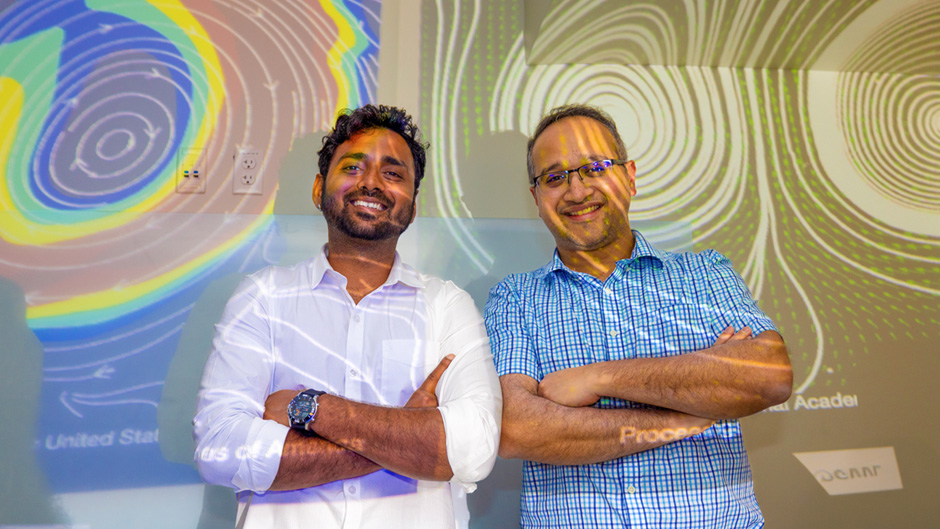In a recent study published in Nano Letters, the group led by Xiaoxi Liu, Professor in the Department of Electrical and Computer Engineering at Shinshu University in Japan and their international collaborators demonstrate in experiments and simulations that the creation of isolated skyrmions and their subsequent transformation to bimerons are possible in a magnetic disk surrounded by a current-carrying and omega-shaped microcoil, where the electric current-induced Oersted field and temperature-induced perpendicular magnetic anisotropy variation play important roles in the transformation between skyrmions and bimerons. Researchers find that the current injected into the microcoil can generate an Oersted field to switch the magnetization of the magnetic disk in the out-of-plane directions. Meanwhile, the current injected into the microcoil can heat the magnetic disk and results in the increase of the device temperature. As a result, a temperature-induced decrease of magnetic anisotropy is realized in the magnetic disk, which leads to the magnetization reorientation from the out-of-plane direction to the in-plane direction and thus, fosters the transformation from skyrmions to bimerons. Researchers also find deformed skyrmion bubbles and chiral labyrinth domains during the transformation between skyrmions and bimerons.
The researchers’ results demonstrate the possibility that two different types of topological spin textures can be hosted by a same magnetic film with asymmetric exchange interactions, which may provide guidelines for building novel spintronic applications based on different types of topological spin textures.
“Our experiment clarified for the first time the transformation between different topological spin textures,” explains Liu. He also mentions, “Skyrmions and bimerons are two most important information carriers for next generation memory and advanced computing architectures. Our research has fundamental physical interest. It is also important for future data storage and computing community”.
Researchers will try to study magnetic and spintronic device applications based on the transformation of different types of topological spin textures. An example is the voltage-gated spintronic devices based on skyrmions and bimerons. “Our ultimate goal is the application of topological spin textures for low energy consumption, high density memory and advanced neuromorphic computing.” says Liu.
###
This research was mainly supported by JSPS KAKENHI (Grant Nos. JP20F20363, JP21H01364, JP21K18872, and JP22F22061).
Publication:
Title: Reversible Transformation between Isolated Skyrmions and Bimerons
Authors: Kentaro Ohara, Xichao Zhang, Yinling Chen, Satoshi Kato, Jing Xia, Motohiko Ezawa, Oleg A. Tretiakov, Zhipeng Hou, Yan Zhou, Guoping Zhao, Jinbo Yang, and Xiaoxi Liu
Journal: Nano Lett. 2022, 22, 21, 8559–8566
DOI: 10.1021/acs.nanolett.2c03106
About Shinshu University:
Shinshu University is a national university founded in 1949 located nestling under the Japanese Alps in Nagano known for its stunning natural landscapes. Our motto, “Powered by Nature – strengthening our network with society and applying nature to create innovative solutions for a better tomorrow” reflects the mission of fostering promising creative professionals and deepening the collaborative relationship with local communities, which leads up to our contribution to regional development by innovation in various fields. We’re working on providing solutions for building sustainable society through interdisciplinary research fields: material science (carbon, fiber and composites), biomedical science (for intractable diseases and preventive medicine) and mountain science, and aiming to boost research and innovation capability through collaborative projects with distinguished researchers from the world. For more information visit https://www.shinshu-u.ac.jp/english/ or follow us on Twitter @ShinshuUni for our latest news.


